The Fascinating World of Golf Balls: Unveiling the Mystery of Dimples
Golf, a sport known for its precision and finesse, relies heavily on a small but mighty piece of equipment: the golf ball. While its outer appearance may seem simple, the golf ball harbors a secret that directly impacts its performance on the course—the presence of dimples. In this comprehensive article, we will delve into the intriguing realm of golf ball dimples, uncovering their purpose, design, and the captivating science behind them. So, join us as we explore the question that has intrigued golfers for decades: How many dimples on golf ball?
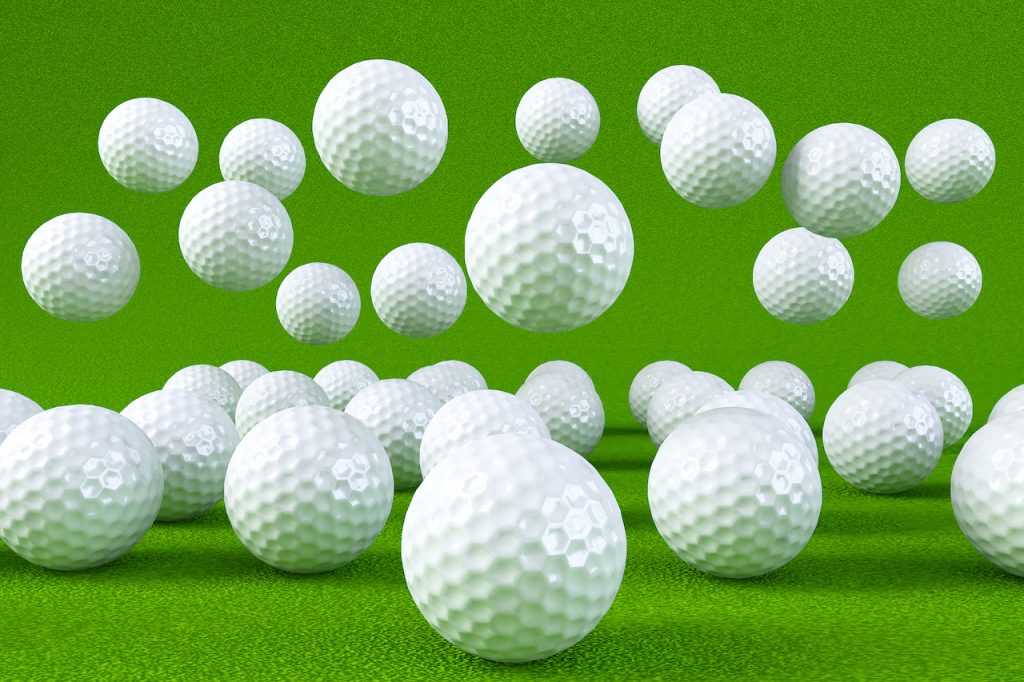
I. A Brief History of Golf Ball Evolution:
Through this section, we’ll go on a historical tour of the golf ball’s development to see how it came to be the contemporary sphere covered with dimples. Starting with the humble beginnings of the featherie and gutta-percha balls, we will trace the development of golf ball technology up to the introduction of dimples and their subsequent evolution
II. The Purpose of Dimples:
Dimples on a golf ball serve a critical purpose—they enhance its aerodynamic properties. In-depth arguments for why dimples are important for golf ball performance are given in this section. By understanding the principles of lift, drag, and air turbulence, we will uncover how dimples play a crucial role in maximizing distance, stability, and control during flight.
III. The Anatomy of Dimples:
Every dimple on a golf ball contributes to its overall aerodynamics, but not all dimples are created equal. This section will explore the various dimensions, shapes, and patterns of dimples found on golf balls. From shallow to deep, circular to hexagonal, and different combinations thereof, we will examine the impact of dimple characteristics on the ball’s performance.
IV. Dimple Patterns and Their Effects:
Dimple patterns on a golf ball are not randomly arranged; they are meticulously designed to optimize performance. In this section, we will delve into the different dimple patterns commonly found on golf balls, such as the 332-dimple pattern, 392-dimple pattern, and others. We will discuss the effects of these patterns on lift, spin, trajectory, and overall ball stability.
V. The Dimple Count Mystery:
Now, let’s address the question that brought us here—how many dimples are there on a golf ball? This section will shed light on the variability in dimple counts across different golf ball models and manufacturers. While there is no standard number, we will examine common dimple counts, from the 300s to the 400s, and explore the reasons behind these variations.
VI. The Science Behind Dimple Count:
To understand why golf ball manufacturers choose specific dimple counts, we need to dive into the science. In this section, we will uncover the intricate relationship between dimple count, dimple size, ball velocity, and aerodynamics. By exploring scientific studies and empirical data, we will unravel the optimal dimple count range for achieving desired golf ball performance.
VII. Dimple Depth and Its Influence:
While dimple count is a crucial factor, dimple depth also plays a significant role in a golf ball’s aerodynamics. We will examine how the depth of the dimple affects ball trajectory, lift, and drag in this section. We will discuss the concept of the “dimple-in-dimple” design and how it affects the overall performance of golf balls.
VIII. The Future of Golf Ball Dimples:
As technology advances, so too does golf ball design. We will examine new developments and trends in golf ball dimple design in this final segment. From advanced dimple patterns inspired by biomimicry to computational simulations and optimization algorithms, we will discuss the exciting possibilities that lie ahead.
Although precisely how many dimples a golf ball has varies by brand and model, a golf ball has between 300 and 600 dimples.
To find out exactly how many dimples are on the golf ball you’re using, examine the breakdown below by various golf ball manufacturers.
BRAND-SPECIFIC DIMPLE COUNTS
Titleist
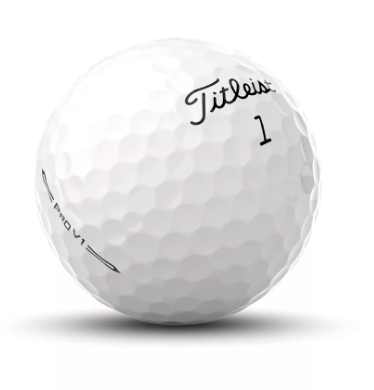
The ProV1/ProV1x model from Titleist, the industry leader in modern golf balls, has been the top ball on professional tours since its launch in 2000. With nine models currently available for course play and small variations in dimple counts across their portfolio.
328 dimples – ProV1x; ProV1x Left Dash
| 332 | Velocity |
| 342 | Tour Soft |
| 346 | Tour Speed |
| 352 | AVX; ProV1; ProV1 Left Dot |
| 376 | Truffe |
Bridgestone
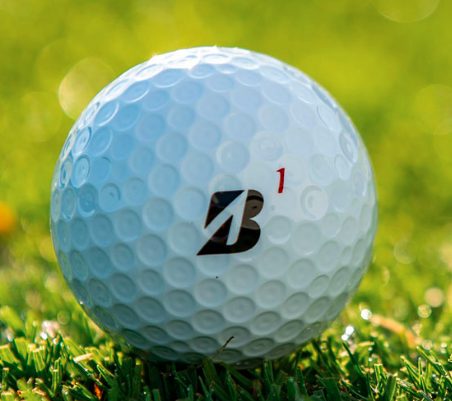
The number of dimples on a Bridgestone golf ball varies from 326 to 372. They currently have 16 models, and 11 of them have 326 or 330 dimples
| 326 dimples | Bridgestone e5; Bridgestone e6 |
| V330 | Tour B330; TOUR B XS; TOUR B X; New e6; e6 Lady; e6 Speed and Soft; Lady Precept; xFIXx; Extra Soft |
| 338 | TOUR B RX; TOUR B RXS |
| 372 | Laddie Extreme; Precept Powerdrive; Laddie X |
Callaway
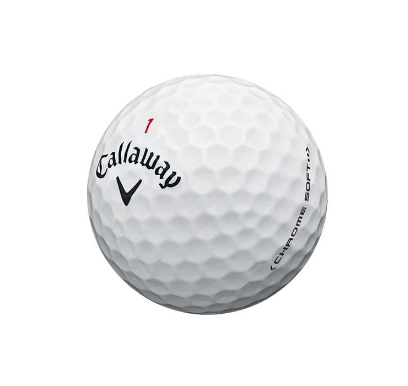
Only Callaway and Titleist produce golf balls with the same number of dimples on every model. It will therefore have 322 dimples if you’re using a brand-new Callaway ball.
TaylorMade
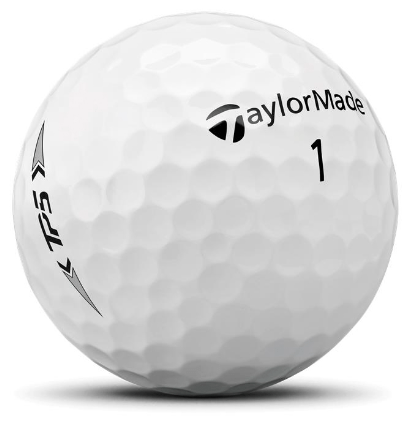
In the past 20 years, TaylorMade, one of the most innovative companies in golf, has produced a wide variety of balls. The number of dimples per ball remains very limited despite the recent production of numerous new versions.
| 322 dimples | Soft Response; TP5; TP5x; Tour Preferred; Tour Preferred X |
| 342 | Burner; Kalea; TaylorMade Distance; AeroBurner-Pro; AeroBurner-Soft; SuperDeep; Project (s); Noodle Long and Soft; Noodle Easy Distance |
| 360 | Project (a); RocketBallz Urethane |
Conclusion:
Golf ball dimples are far more than mere surface irregularities. They are an ingenious solution to the challenges of aerodynamics in the sport of golf. By optimizing lift, reducing drag, and enhancing stability, dimples enable golfers to achieve greater distances and improved accuracy on the course. While the specific number of dimples on a golf ball may vary, the science behind their design continues to evolve, promising an exciting future for golf ball technology. So, the next time you line up your shot, remember the hidden power of those tiny dimples that propel your ball through the air with finesse and precision.






